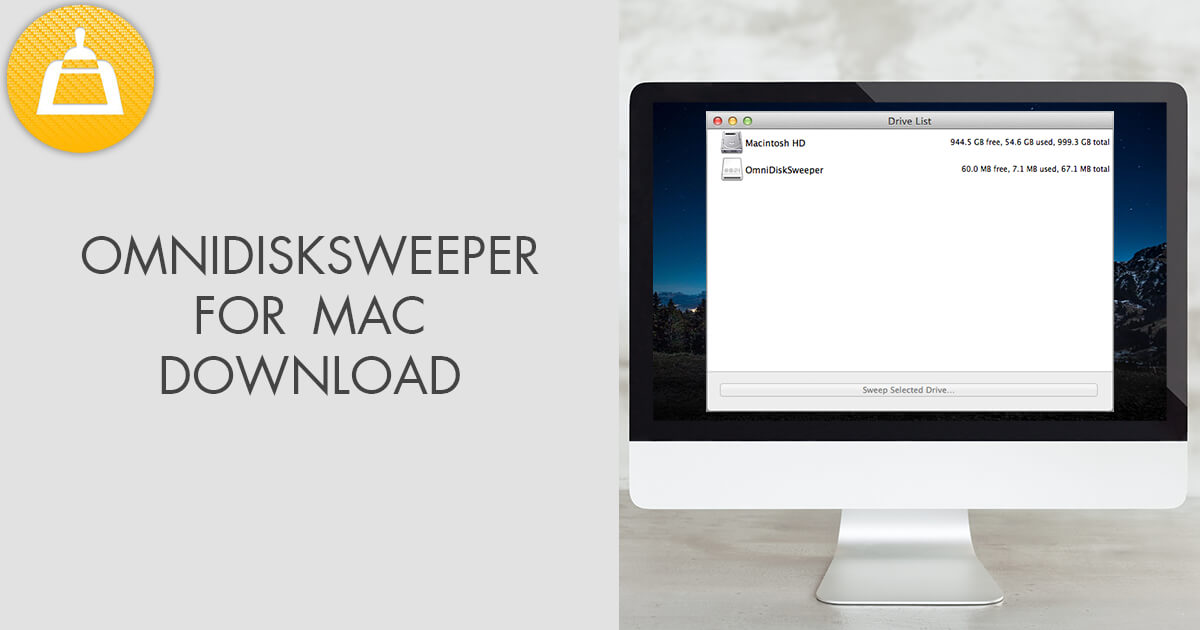

- #Omnidisksweeper mobile backups snapshot how to
- #Omnidisksweeper mobile backups snapshot update
- #Omnidisksweeper mobile backups snapshot full
I had about 40 GB of GoPro videos and screencasts that I was mistakenly including in my Time Machine backups.
#Omnidisksweeper mobile backups snapshot update
While solving the “disk full” problem, I realized I needed to update my Time Machine exclusions. In the end, a combination of the Unix utility df, realizing that the backups were in their own directory under \Volumes, and OmniDiskSweeper made me aware that I only had about 250 GB of real data and the rest was deletable backups.
#Omnidisksweeper mobile backups snapshot how to
I saw that I had 220 GB of “purgeable” data (the backups), but I couldn’t figure out how to purge that data. The tools that OS X shows you when it warns you that you are low on disk space don’t make it clear what is going on. I had to use a couple of tools to figure out that Time Machine local snapshots were using all the available disk space on my mac. I also found it helpful to disable automatic backups in the Time Machine UI while I was cleaning things up so that Time Machine wasn’t writing new snapshots as I deleted the old ones. My first backup after fixing took nearly three hours (and copied 32 GB of data). The documentation I could find on forums leads me to believe that the local snapshots are used to increase the speed of Time Machine’s preparation step. If you end up having to go down this path be aware that the first backup after your cleanup will probably take longer than usual. Once the backup finished, I verified that I could start Time Machine and restore files once again. That, in turn, cleaned up a few more local snapshots. Once there was space available, I was able to run a Time Machine backup to an external disk.

Tmutil thinlocalsnapshots /Volumes/ 20000000000 1Īfter running this command and doing a couple of the steps in the next section, my disk was back to a more reasonable 57% full. I found listlocalsnapshotdates useful for seeing the scope of the problem. The High Sierra version of tmutil doesn’t have this command, so I had to try something different. It was a fast way to stop time machine from continuing to fill the disk while you debugged another problem. tmutilīefore OS X High Sierra there was a command you could run, tmutil disablelocal that would turn off local snapshots. If you run into a similar situation here’s what worked for me. It took about three hours of experimenting to get the backups under control and the disk back to 50% full.
#Omnidisksweeper mobile backups snapshot full
In fact, it was full enough that the Time Machine GUI wouldn’t start, I couldn’t run more backups, and several other basic utilities on my mac stopped working. Half an hour of investigation and I realized my 500 GB drive had 230 GB of local Time Machine backups. Today I went to do an external backup and saw that my drive was still full. I deleted a bunch of old TV shows and GoPro videos and called it good. About a week ago my mac complained that it was running out of disk space.


 0 kommentar(er)
0 kommentar(er)
